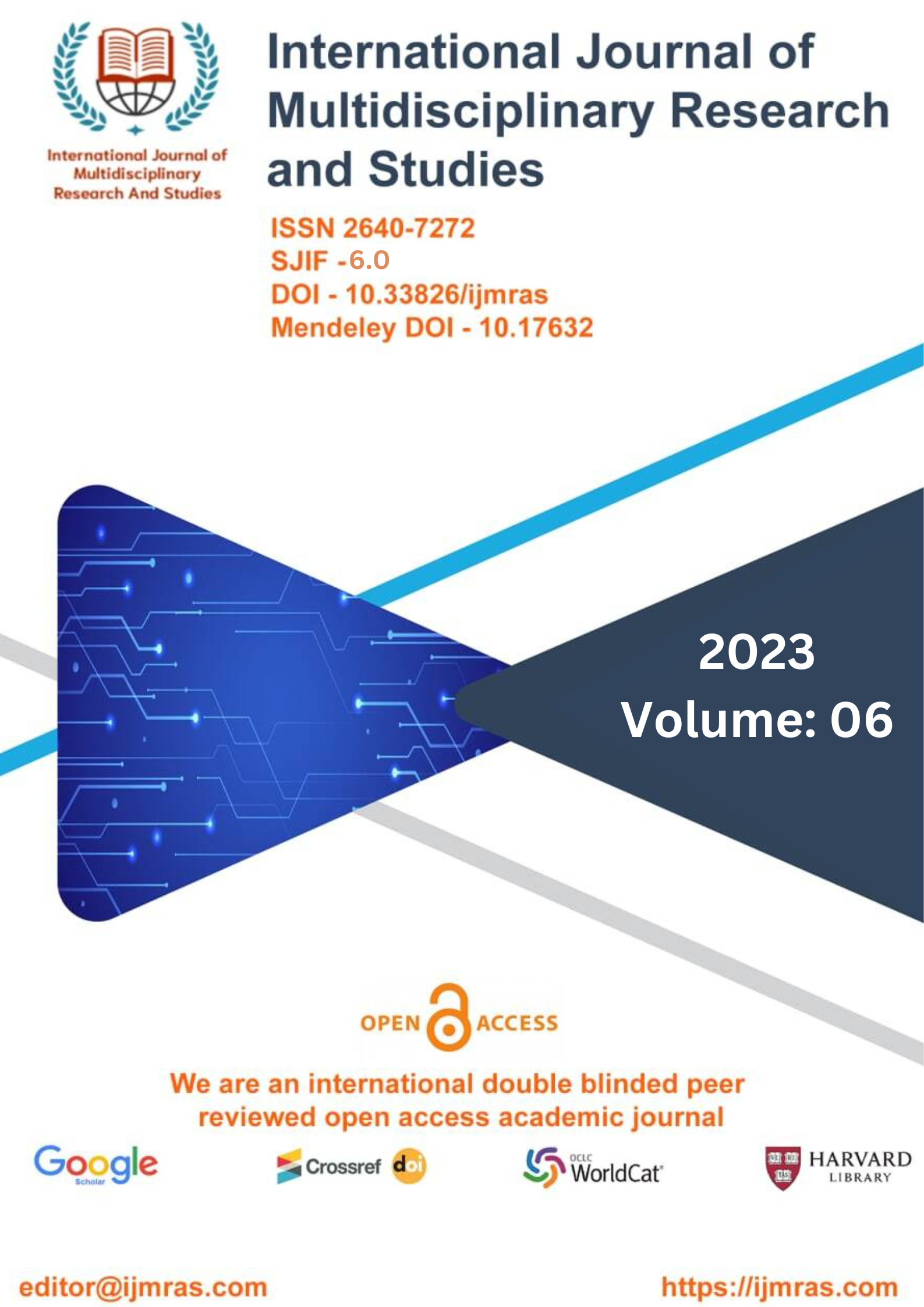


The concept of a satisfied customer base is considered both the most significant and the most investigated topic in the field of marketing management. In the context of online purchasing, the level of pleasure experienced by consumers is the single most important factor that influences new customer acquisition, existing customer loyalty, and the long-term development of online retailers. The degree of customer satisfaction is directly correlated to the link between the expectations of the consumer and the experiences of the consumer. When the experience meets or surpasses the expectations of the clients, a company has reached this level. An investigation into the factors that influence customers' levels of contentment is very essential since its findings may serve as a standard against which to evaluate the development and progress of a company, as well as provide a foundation on which to base future strategic decisions. Numerous studies have been conducted with the primary objective of determining the characteristics that contribute to satisfied customers. According to the findings of several studies, the design of the website, its delivery service, and its support all have a considerable impact on the degree to which customers are satisfied with their experiences while purchasing through e-commerce websites. When it comes to determining whether or not a client is happy with their online purchasing experience, the aspects of dependability, information quality, convenience, speed, and entertainment all play a significant influence.

This work is licensed under a Creative Commons Attribution 4.0 International License.
You may also start an advanced similarity search for this article.